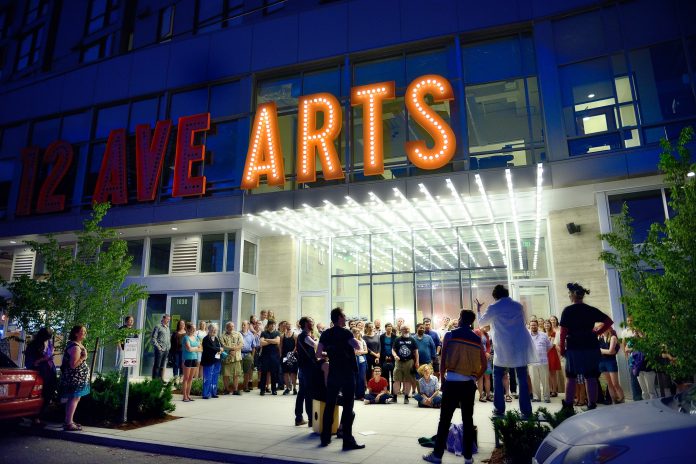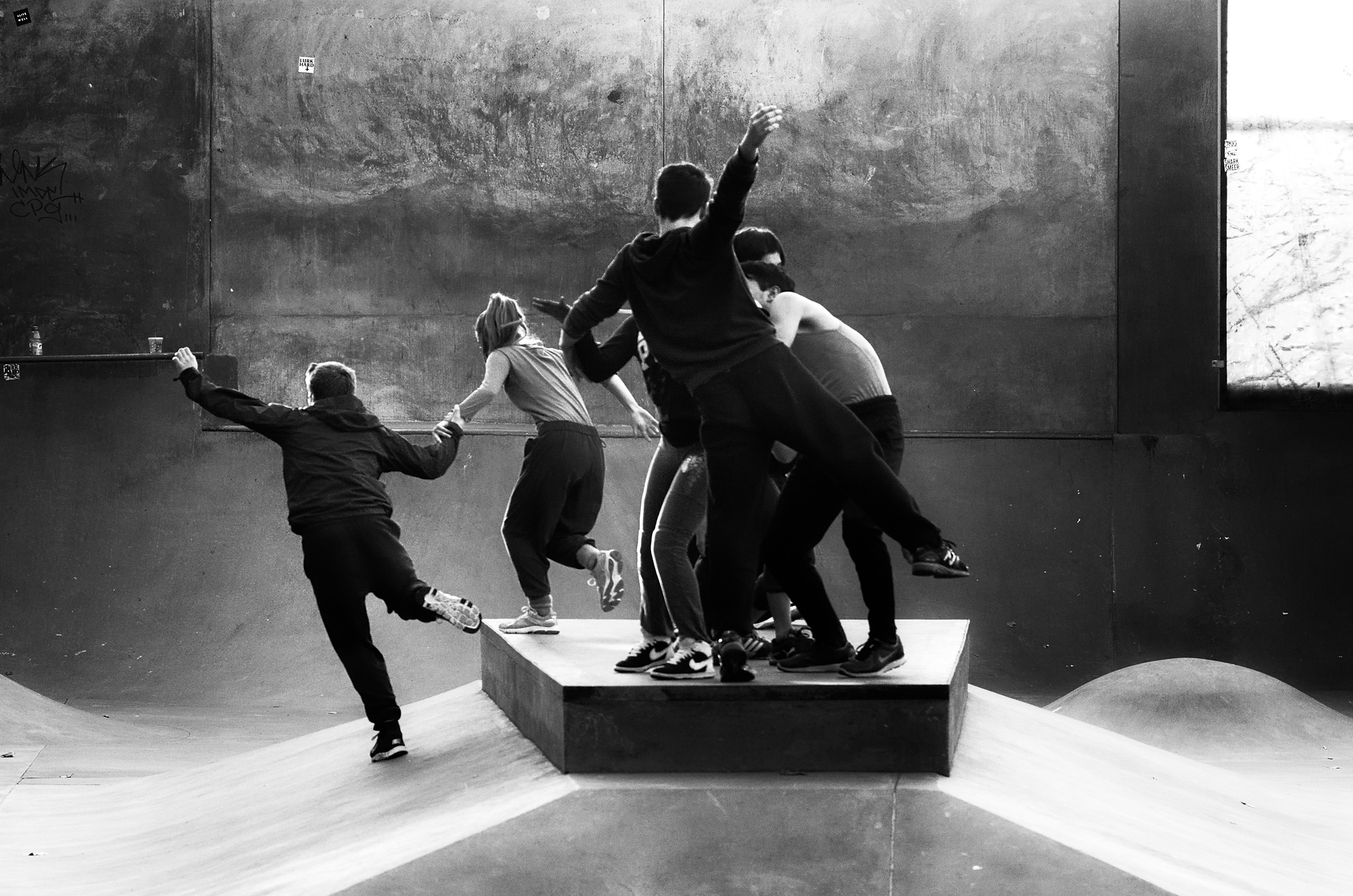Giddy.
That’s how I felt when a coworker shared the news that Seattle had released The CAP Report: 30 Ideas for the Creation, Activation, & Preservation of Cultural Space.
Here it was — what seemed to me to be the culmination of something I’d been watching for some time: the Office of Arts & Culture’s efforts to survey and tell the story of our city’s cultural spaces. They had gathered data on cultural spaces. They had mapped cultural spaces. They had even set up a matchmaking site for artists to find cultural spaces. But, for people like me, the question was always, “Well, what are you going to do about cultural spaces?”
I knew the narrative — the city is rapidly redeveloping and, in the process, it is pushing out the cultural nooks and hot spots that have made Seattle the interesting, creative, and quirky place that so many have liked to call home. But what I didn’t know was what might be done to shift that narrative — and more importantly, what the city planned to do to bring about that shift. This report fills in the blanks.
Here are five takeaways from The CAP Report about what it will take to save the heart and soul of Seattle as the city undergoes its latest round of major reconstructive surgery:
-
Legitimacy and predictability matter — especially when it comes to the arts.
The report itself is a step in that direction. It’s a professionally developed and sleekly published report that takes a comprehensive look at the problem(s) and the solution(s). And what exactly does it propose? Lots of things, really — but you’ll notice a major push toward establishing arts and culture as legitimate considerations in development projects. Whether it’s through a LEED-style certification program (Ideas #1–3) Or a regularly maintained database of successful case studies (Idea #20) — the CAP Report presents ideas that would make arts and culture serious players at the table. Increased legitimacy also lends itself to a greater sense of predictability — stakeholders, from developers to neighborhood advocacy groups to financing institutions, will more easily get behind an idea that has a track record, a reputation, and a recognizable process.
-
“What stands in the way of creating more cultural space is an exhausting series of relatively low hurdles.”
So asserts the CAP Report in its executive summary. Of course, this applies to many of the problems that plague us. But all too often we get mired in the search for the one underlying problem from which all our woes stem — when, in reality, there may only exist a sea of small obstacles causing us headaches. The CAP Report takes this idea seriously by not advocating for any one, grand solution — but rather for 30 of them. While some of the ideas are quite ambitious and far-reaching (I’m looking at you, Idea #24: “Create a Cultural Space Management PDA”), others are mere tweaks to the building code (such as Idea #9: “Reclassify Galleries as M Occupancies”). I think we would do well to approach more problems in such a comprehensive, piecemeal fashion.
-
Sometimes we just need a human touch.
Many ideas presented in The CAP Report depend on people making decisions in the moment — from hyper-local panels advising developers on how to create cultural space to jive with the existing neighborhood (Idea #18), to city departments relaxing their energy and plumbing code provisions on a case-by-case basis for cultural spaces that occupy older buildings (Idea #15). Obviously the intrusion of the human element into policy has its risks of inconsistency and unfairness — but it also recognizes the power of people interacting with people, not just with forms and codes, to find solutions that inspire us and leave our neighborhoods richer in the process.
-
Make it pencil for those with the pocketbook.
Much of the report focuses on incentivizing developers and building owners to prioritize cultural space — so that it makes sense financially. You want that new boxy apartment building to not suck the life from your street? Well, try offering the developer an increased floor-to-area ratio, or an added 10 feet of height, if they include space for artists’ studios and an independent bookstore on the corner (Ideas #4 and #5). Concerned you won’t recognize your neighborhood after that mixed-use development takes over an entire block? See if you can get the city to streamline the project’s permitting in exchange for a performance venue or art gallery (Idea #10). At the point when it makes more financial sense for a developer to lease to an artist than to a Subway, then you will begin to see more art and more culture on your daily stroll down the block.
-
Art and culture are worth thoughtful policy.
In the end, that’s what this whole report is shouting loud and clear — from its full-page artsy photos and its complementary color scheme, to its nearly 100 pages of policy ideas and its collection of case studies. And while the report will do its best to convince you of the economic benefits of increased cultural space, I’ll just bet you that there was something more driving those who made this report a reality — those who gave it years of research and thoughtful consideration. My guess is that the folks behind this report understood something else, something deeper and more human, about the power of culture in our lives and communities — the power to inspire, to envision, to draw us together, to raise questions, to change fundamentally who we are. If the arts, if culture, truly do have this power — which I believe they do — then they deserve at least as comprehensive a consideration as that presented in The CAP Report.
There’s no doubt that many of the cultural spaces that make Seattle what it is today will be lost in the development to come. But the city’s CAP Report makes the powerful case for not giving up hope that we can see these spaces replaced and recreated, reimagined and reactivated, in ways that enrich our day-to-day.
With any luck, and maybe with the help of a few of the CAP Report’s 30 ideas, we will yet have the chance to see cultural spaces popping up in the buildings and projects that rise around us — and rooting themselves amidst the cranes that dot our Emerald skyline.
Brennan Jernigan works in the public art program at 4Culture, King County’s arts and cultural funding agency. With an educational background in both the humanities and public administration, he enjoys exploring the ways in which city design and urban policy help people feel more deeply human. He also rents a room in a very large and friendly house with seven other mostly awesome people. They throw great parties.


